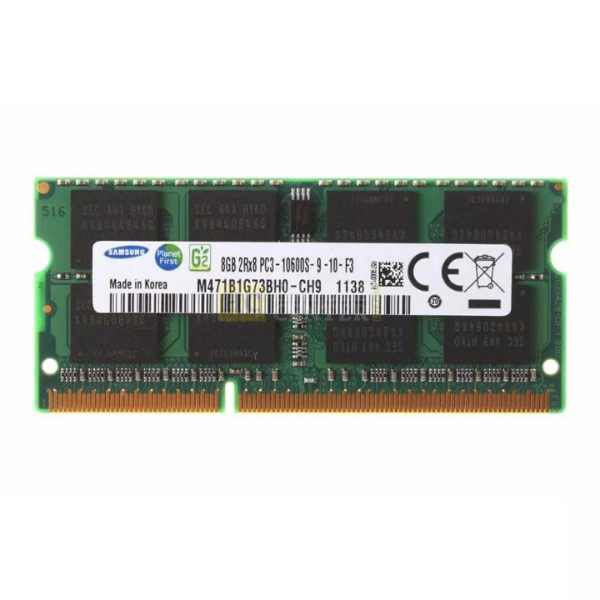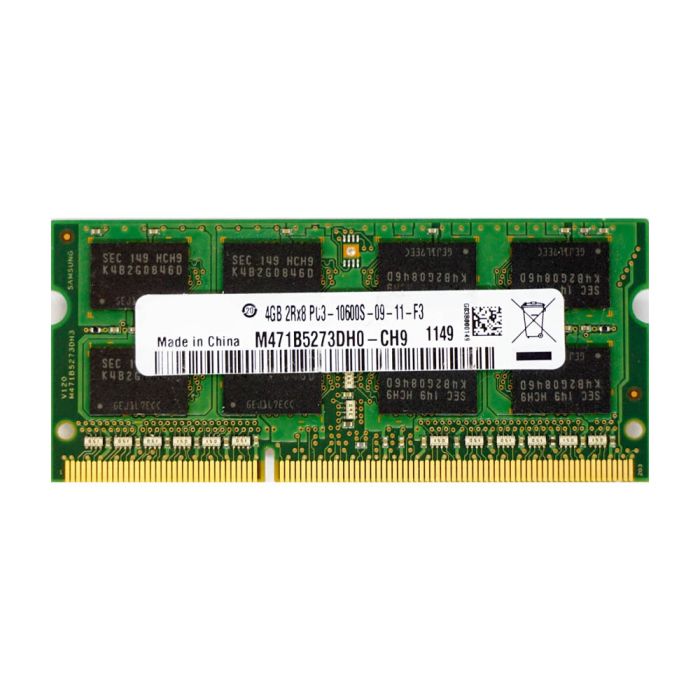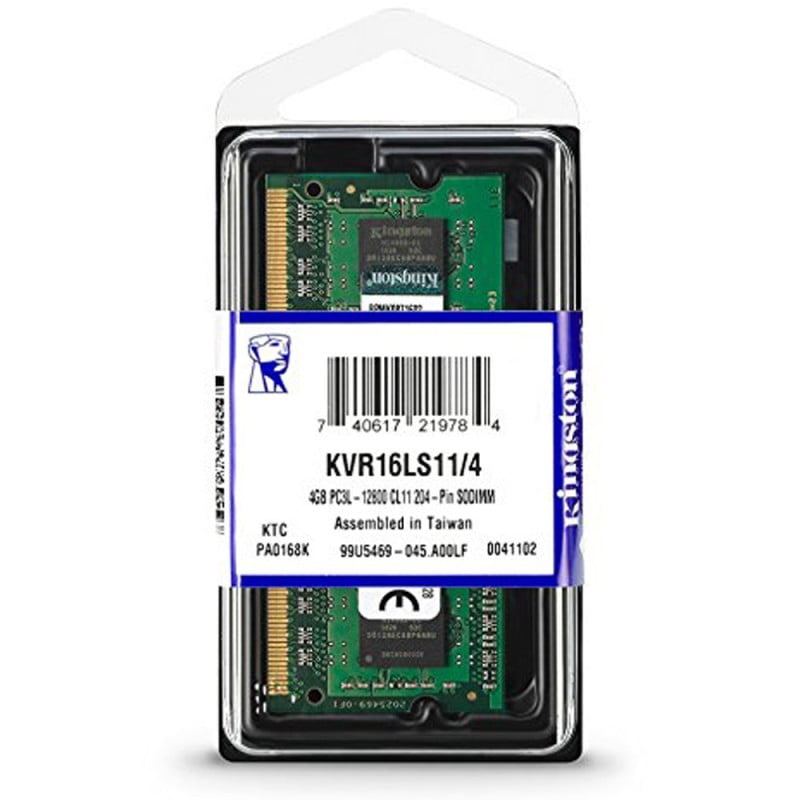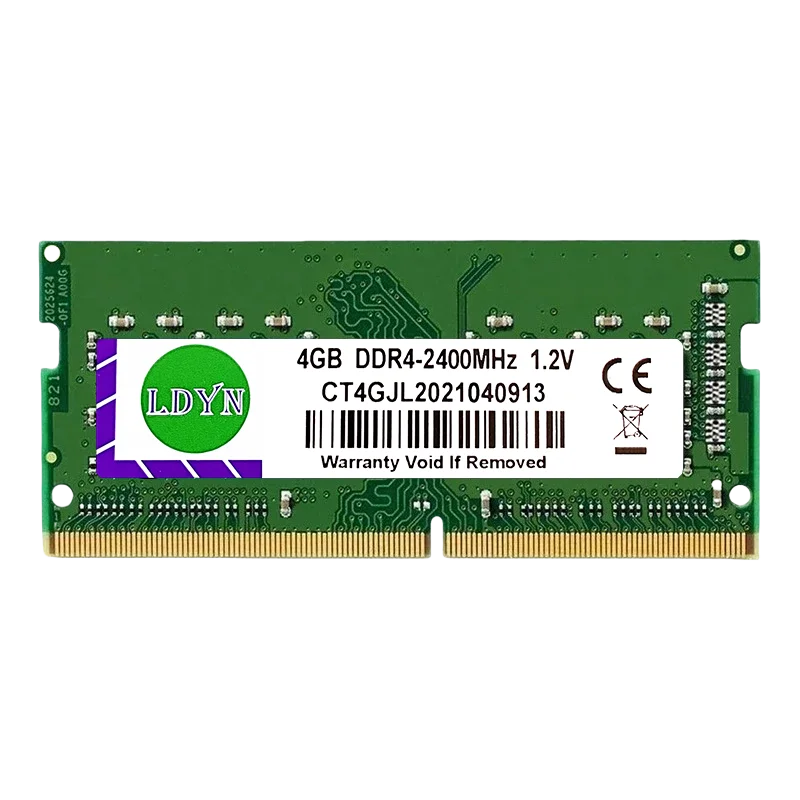When it comes to tech essentials, RAM (Random Access Memory) plays a key role in your computer’s performance. Whether you’re considering a laptop or a desktop, understanding the differences between laptop RAM vs desktop RAM is crucial for making an informed decision. The type of RAM you choose can significantly impact your system’s speed, multitasking ability, and overall user experience. In this article, we will explore the fundamental differences between laptop RAM vs desktop RAM, helping you determine which option is best suited for your needs.
Understanding RAM
What is RAM?
RAM serves as the short-term memory of your computer, temporarily storing data that your system needs for quick access. Unlike your computer’s hard drive, which stores data long-term, RAM quickly supplies CPU data for immediate tasks. This immediate availability is critical for tasks ranging from running applications to rendering data for graphics. Essentially, more RAM means better performance, especially during multitasking or running memory-intensive applications.
The Role of RAM in Performance
Having sufficient RAM allows your computer to handle multiple applications simultaneously without noticeable slowdown. For instance, if you’re editing videos while browsing the internet and streaming music, a suitable amount of RAM ensures all these processes run smoothly. Therefore, understanding the differences in RAM types can significantly influence your choice of laptop RAM vs desktop RAM, depending on how you plan to use the system.

Key Differences Between Laptop and Desktop RAM
Form Factor Variations
One major difference between laptop RAM and desktop RAM is their physical form factor. Laptop RAM typically uses SO-DIMM (Small Outline Dual In-line Memory Module), which is smaller and designed to fit more compact spaces. In contrast, desktop RAM uses DIMM (Dual In-line Memory Module), which is larger and can accommodate more memory chips. This size difference is critical because it determines compatibility with your system’s motherboard.
Additionally, the physical arrangement of chips affects how RAM is installed. Laptops often have limited internal space, making SO-DIMM modules key components of their design. On the other hand, desktops can utilize DIMMs more freely, often allowing for more memory slots and, consequently, more RAM.
Memory Speed and Capacity
RAM speed and capacity can vary significantly between laptops and desktops. Generally, desktop RAM tends to support higher capacities and faster speeds than laptop RAM. Laptops often have a maximum RAM capacity due to space constraints. Most laptops now allow for 16GB or 32GB of RAM, which works for most users. However, hardcore gamers or professionals using resource-heavy applications may require more, which is where desktops shine.
Desktops usually support larger RAM amounts, often exceeding 64GB. This high capacity can be crucial for tasks like 3D rendering, video editing, and extensive multitasking. Higher speeds also enhance performance, making desktops more suitable for power users who need every ounce of capability from their systems.
Performance Considerations
Multitasking Capabilities
When it comes to multitasking, both laptop RAM vs desktop RAM can perform admirably, but they differ in potential. If you’re a casual user who primarily browses the web, streams media, and uses office applications, a laptop with adequate RAM (around 8GB to 16GB) might fulfill your needs perfectly. However, if your work involves multiple heavy applications running simultaneously or specialized tasks like gaming or video editing, then desktop RAM’s higher capacity can make a significant difference in speed and responsiveness.
Gaming Performance
Gamers, in particular, often see a considerable difference between laptop and desktop RAM. Gaming laptops are becoming more powerful with advancements, but desktop setups still generally outperform their portable counterparts. Many modern PC games recommend at least 16GB of RAM for optimal performance, which is easier to reach on a desktop. Additionally, desktops can allow for more upgrades in terms of adding more RAM as needed, providing flexibility for the future.

Upgrade Potential
Ease of Upgrades
When considering long-term use, upgrade potential is another crucial factor. Desktops typically offer easier access to components, allowing you to replace or add RAM modules easily. This easy customization means that if you find your system slowing down a few years down the line, you can easily upgrade your RAM to enhance performance.
Laptops, on the other hand, often come with soldered RAM, particularly in ultra-thin models. This design saves space and reduces weight but limits future upgrades. If you plan to keep your laptop for several years and anticipate needing more RAM in the future, check the upgrade capabilities before making a decision on the model.
Longevity of Components
The longevity of components in a laptop versus a desktop can differ significantly. Desktop systems usually feature more durable components and better cooling options, contributing to longer life spans. This longevity means that desktops can often remain relevant longer as you can upgrade them instead of replacing them when you need additional performance.
In contrast, laptops may experience thermal throttling due to their compact designs and less effective cooling systems. While laptops are becoming increasingly powerful, they still might need replacement sooner than desktops, especially if they can’t be upgraded.
Price Comparison
Cost of RAM Modules
The cost of RAM can vary based on several factors, including speed, capacity, and brand. Generally, desktop RAM tends to be more affordable when comparing similar speeds and capacities. The difference in form factor and larger chip sizes makes desktop components more cost-efficient.
For those on a budget, laptops can offer RAM configurations with lower prices, especially if you’re okay with less RAM. However, the costs can escalate quickly as specifications rise, particularly for gaming laptops designed for high performance. This effect raises the total cost of ownership, so it’s essential to consider what you’re getting with each type of RAM.
Total System Cost Considerations
While RAM is an essential part of your computer’s performance, consider it in the context of the entire system. Desktops can offer high performance and upgradable options at a lower total cost than similarly specified laptops. For instance, if you buy a high-end gaming desktop, the overall price might be significantly lower compared to a gaming laptop with equivalent capabilities.
In contrast, many users value the portability that laptops provide, despite the higher costs attached to high-performance models. If mobility isn’t a strict requirement for you, investing in a desktop with high RAM capacity might save you money over time while delivering superior performance.

Ideal Use Cases
When to Choose Laptop RAM
If your lifestyle involves commuting, travel, or remote work, a laptop with sufficient RAM often becomes essential. Modern laptops can handle various tasks with impressive efficiency, making them suitable for students, professionals, and casual users alike. A laptop equipped with at least 8GB to 16GB of RAM can cater well to seamless browsing, productivity, and light gaming.
People who frequently attend meetings or work from cafes benefit significantly from the portability of laptops. These users may find that the ability to upgrade is less important than immediate performance and flexibility.
When to Choose Desktop RAM
On the other hand, if you require maximum performance, multitask frequently, or work with resource-intensive applications, a desktop with high-capacity RAM is the way to go. Desktops provide better performance for gamers and professionals needing heavy processing power for tasks like video editing, graphic design, or virtual machine hosting. For those who want to future-proof their system, a desktop offers not only more memory capacity but also upgrade potential.
Moreover, if budget and performance are your top priorities, desktops usually deliver superior value, allowing you to invest strategically in hardware as your needs evolve. They provide an excellent foundation for serious gamers and professionals, enabling better customization to suit specific use cases.
Making the Right Choice for Your Needs
Selecting the right RAM and understanding the difference between laptop and desktop options ultimately comes down to assessing your needs, usage scenarios, and preferences. Both types of RAM serve the same fundamental purpose, but their capacities, configurations, and upgrade potentials can significantly influence your experience.
Laptops offer portability and convenience, making them ideal for people on the go, but they may come with limitations in terms of performance and upgradability. Desktops, on the other hand, provide superior power, flexibility, and upgrade potential, catering to users who prioritize performance and customization.
By carefully considering your specific requirements and how you intend to use your computer, you can make an informed decision that best suits your lifestyle—ensuring optimal performance, satisfaction, and longevity well into the future. Whether you choose a laptop or a desktop, understanding the differences in RAM will empower you to create a computing experience tailored to your unique needs.
